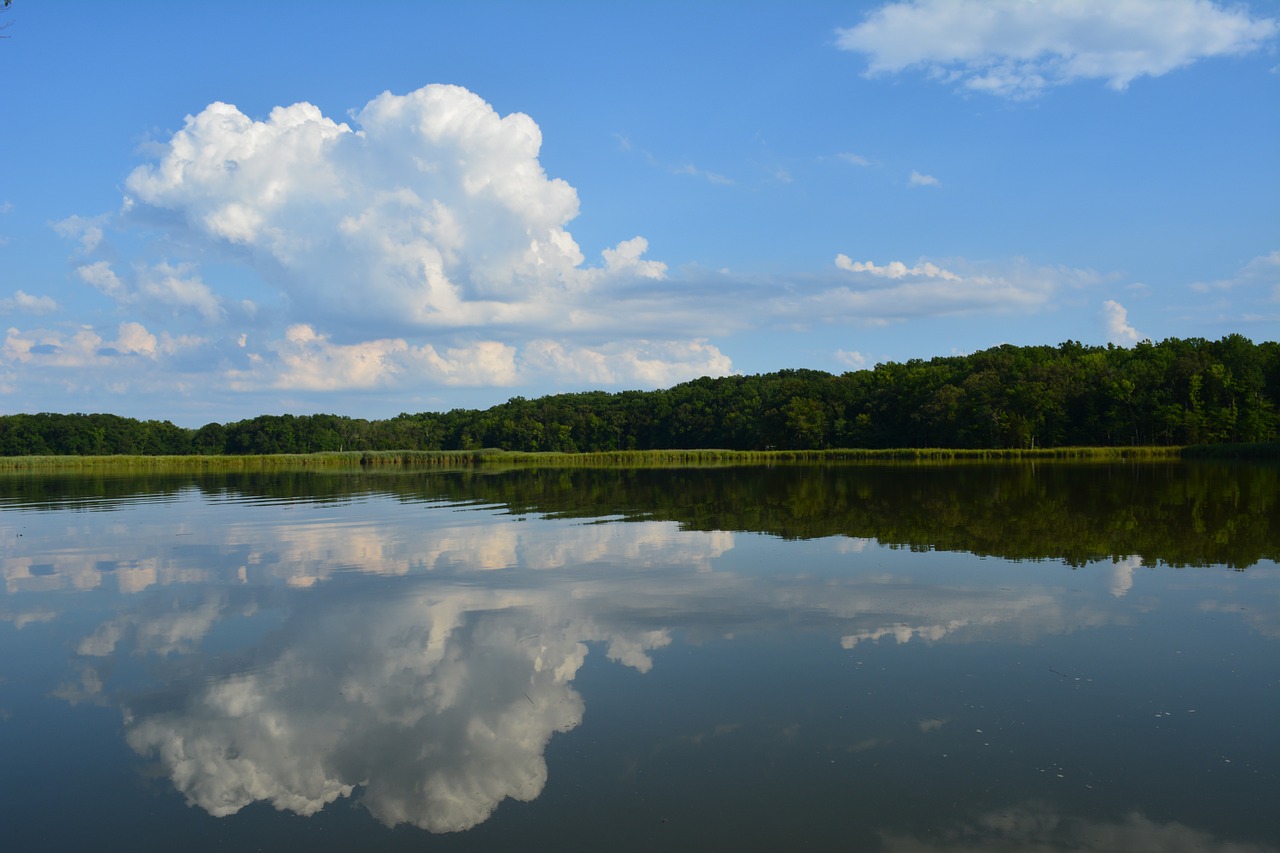HARRISBURG—Franklin County Conservation District will receive $1,184,222 in funding to coordinate and implement Countywide Action Plan projects and verify Best Management Practices.
Neighboring Adams County Conservation District was awarded $177,900; Fulton County Fulton County Conservation District: $204,442; and Cumberland County Commissioners, $283,750.
The grants are part of $17.4 million in grant funding for projects in 33 counties across the Chesapeake Bay Watershed, highlighting their path-breaking work to improve the health of local streams, rivers, and lakes by reducing nutrient and sediment pollution.
This year 22 counties completed individual Countywide Action Plans, and four (Blair, Cambria, Fulton, and Huntingdon) collaborated on one plan. They join Lancaster, York, Franklin and Adams counties, which completed their plans in 2019, and Bedford, Centre, Cumberland, and Lebanon counties, which completed plans last year. Teams in all counties have begun carrying out planned projects or are transitioning to implementation.
The 2021 grant funding is geared toward enabling county teams and partners to build on the record progress Pennsylvania is making in the watershed.
Nutrient (nitrogen and phosphorus) pollution and eroded sediment enter streams, rivers, and lakes from widely dispersed human activities on the land, such as using too much fertilizer, plowing and tilling farm fields, stripping away trees and vegetation, and expanding concrete and paved surfaces. Pennsylvania’s share of the Chesapeake Bay Watershed spans half the state and includes over 12,000 miles of polluted streams and rivers.
Nitrogen runoff pollution was reduced by more than 4 million pounds in 2020, with half the reduction coming from agriculture and half from the wastewater treatment sector.
More than a half million acres of cropland were in compliance for nutrient and manure management practices last year.
Farmers used enhanced nutrient management on more than 305,500 acres of cropland in 2020. Going above and beyond standard nutrient management, this approach applies fertilizer in a 4R approach: right time, right source, right place, and right rate.
“Increasingly, farmers recognize that soil, nitrogen, and phosphorus running off the land into streams is a symptom of a farm operating at less than peak efficiency. For many, the pandemic underscored the importance of ensuring their farm’s future viability, which requires stewardship of their soil and water today,” said Department of Agriculture Secretary Russell Redding.
In addition, last year more than 17 miles of stream were fully restored, and tens of thousands of trees were planted, many through programs by the Pennsylvania Department of Conservation and Natural Resources and Chesapeake Bay Foundation.
Along with multiple state and sector initiatives, Countywide Action Plans are a key component of Pennsylvania’s Chesapeake Bay Phase 3 Watershed Implementation Plan to improve water quality to benefit Pennsylvanians, while meeting U.S. Environmental Protection Agency (EPA) requirements for the bay.
The funding includes $15 million from the Pennsylvania Environmental Stewardship Fund, primarily the Growing Greener Program, and $2.4 million from EPA. Grants support coordination of Countywide Action Plans, implementation of pollution-reducing best management practices (BMPs), and verification to ensure that BMP projects maintain their pollutant reduction goals.
Pennsylvania takes a Healthy Waters, Healthy Communities approach to improving the health of the watershed, inviting county teams to take control of local water quality improvement, with state and other partners providing as much data, technical assistance, funding, and other support as possible. It encourages and equips counties to develop strategies and determine project sites and types that will benefit their communities and farmers, municipalities, businesses, and other landowners, while restoring the environment.















